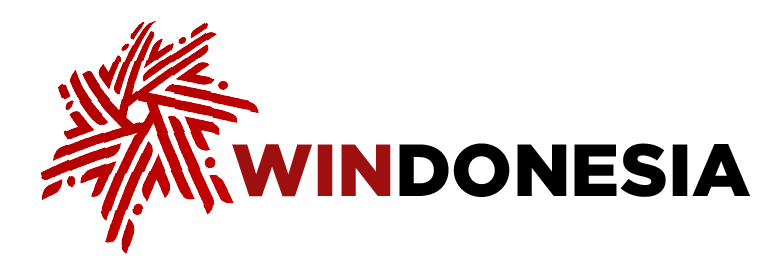Latest News
Hundreds of visitors beheld the opening of International Mask Festival 2025 at the Pendapa Gede Hall of Surakarta "Solo" City, Central Java Province, on Nov. 14, 2025.
Under dim lighting that illuminated the stage, the Semarak Candrakirana dancers performed the Janma Krodha dance, a work that blended traditional discipline and contemporary energy. Dressed in white with gold accents, the dancers moved nimbly to the rhythm of gamelan music, occasionally interspersed with modern rhythmic music.
Their body movements depicted four basic human traits; amarah (anger), aluamah (desire), supiyah (passion), and mutmainah (serenity), which were then visualized through stretches of white, black, red, and yellow cloth. The audience listened silently, as if immersed in the story of human birth conveyed through body language.
International Mask Festival 2025 Chief Executive Putri Pramesti Wigaringtyas explained said that the festival was a stage where masks reigned supreme.
"Masks are not just art objects; they are symbols that represent the traditions, folklore, and social values of a nation," she added in her opening remarks for International Mask Festival 2025.
The festival had "Awesome Mask" as its theme for this year, affirming that masks remain a powerful medium for conveying messages about identity and humanity amid rapid changes brought by the passage of time.
Solo Mayor Respati Ardi called the festival a testament to the city's commitment to remain a cultural center that embraces both tradition and modern creativity.
International Mask Festival 2025 is a multinational celebration involving 21 artists from Indonesia and abroad. Banda Neira also returned after a hiatus as guest performers for the event.
The festival was comprised of a contemporary mask exhibition, an international conference on masks, and a culinary bazaar for micro, small, and medium enterprises.
"The International Mask Festival presents itself with a different face every year. We want visitors to always discover something new," said Putri.
DWM Dance Academy founder Khin Mon Thu is performing in Surakarta for the first time through the festival. The coreographer from Myanmar said she was impressed by the way the International Mask Festival embraced the younger generation and provides a space for intercultural dialogue.
"In Myanmar, we have mask performances, but there's no festival like this. I came to learn. Next year, I want to bring a crew and introduce our mask culture here," said Khin.
Her collaboration with the Semarak Candrakirana dance studio made this year's festival feel more lively through a meeting of two different, yet complementary, traditions.
The International Mask Festival's inclusion in Karisma Event Nusantara 2025, the Tourism Ministry's flagship program, has further expanded its reach. Thus, Solo Culture and Tourism Office Head Siti Khotimah hopes the festival will be a magnet for tourists.
"We want people to come to Solo specifically to see the IMF, and then to enjoy the city," she said.

